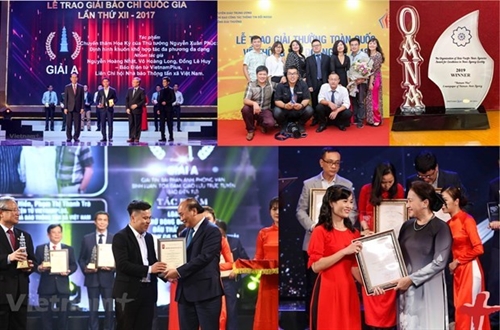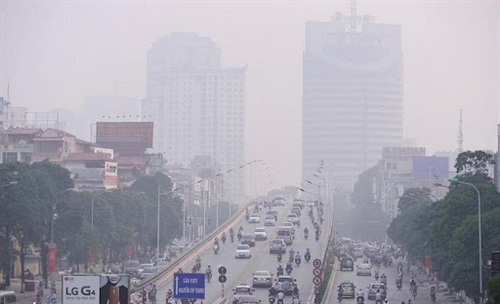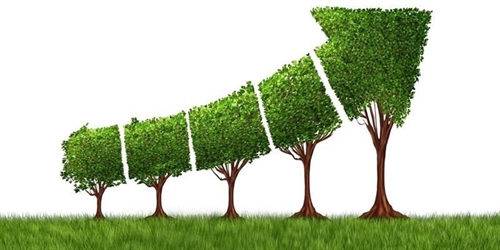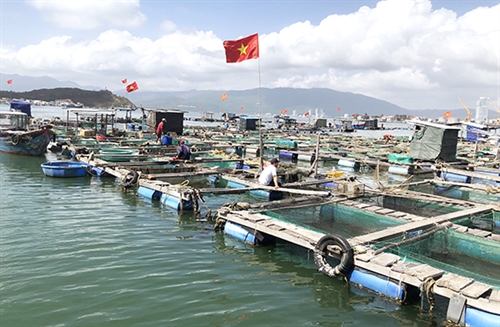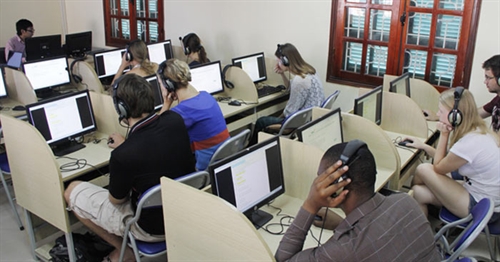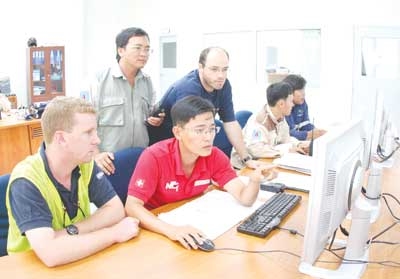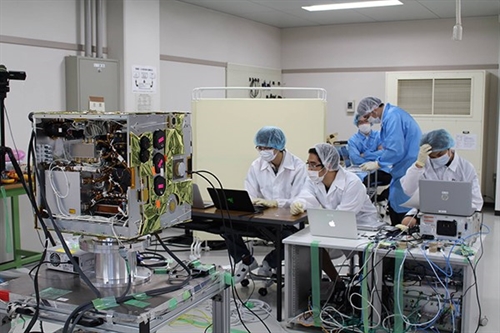By 2045, all rural residents will be able to access clean and hygienic water in a safe and sustainable manner.
Under the national rural clean water supply and sanitation strategy through 2030, with a vision toward 2045, recently issued under Prime Minister Decision 1978/QD-TTg, the overall target of the strategy is to ensure that all rural residents will have access to clean water with reasonable costs in an equal, convenient and safe manner. It is also expected to protect them from water- and sanitation-related diseases, improve their quality of life, ensure social welfare, and mitigate the gap between urban and rural areas.
As set forth in the strategy, by 2030, around 65 percent of rural population will use up-to-standard clean water with a daily per-capita portion of at least 60 liters while all rural households, schools and health establishments will have hygienic latrines.
The Government also sets targets to raise the rate of wastewater treatment in rural residential areas to 15 percent in the next decade and to 30 percent by 2045.
Wastes from all livestock production households and farms will be properly treated by 2045.
To achieve these goals, the strategy sets the target to build large-scale and synchronous concentrated water supply works connected to urban water distribution systems.
Besides, the model of household-based safe water collection, treatment and storage will be expanded, and the application of water kiosks and ATMs will be piloted to directly supply water to residential clusters and schools in cases of emergency caused by natural disasters or epidemics.
As for rural sanitation, it is required to apply and popularize technological solutions to build hygienic and affordable latrines suitable to local customs.
Under the strategy, a technological solution of cost-effective collection and treatment of wastewater with limited use of chemicals and limited generation of secondary wastes will be applied to suit characteristics and sizes of rural residential areas.- (VLLF)
